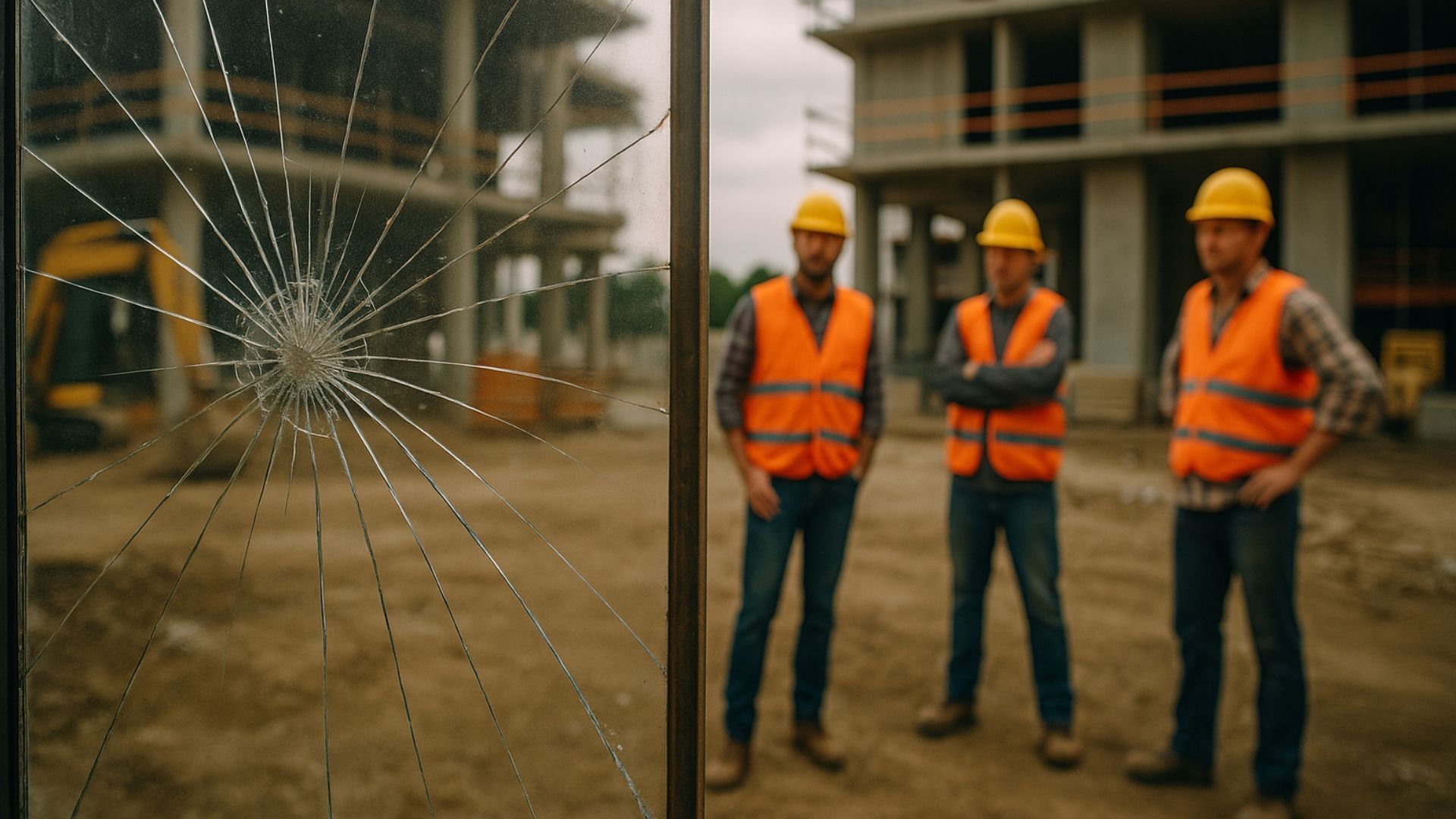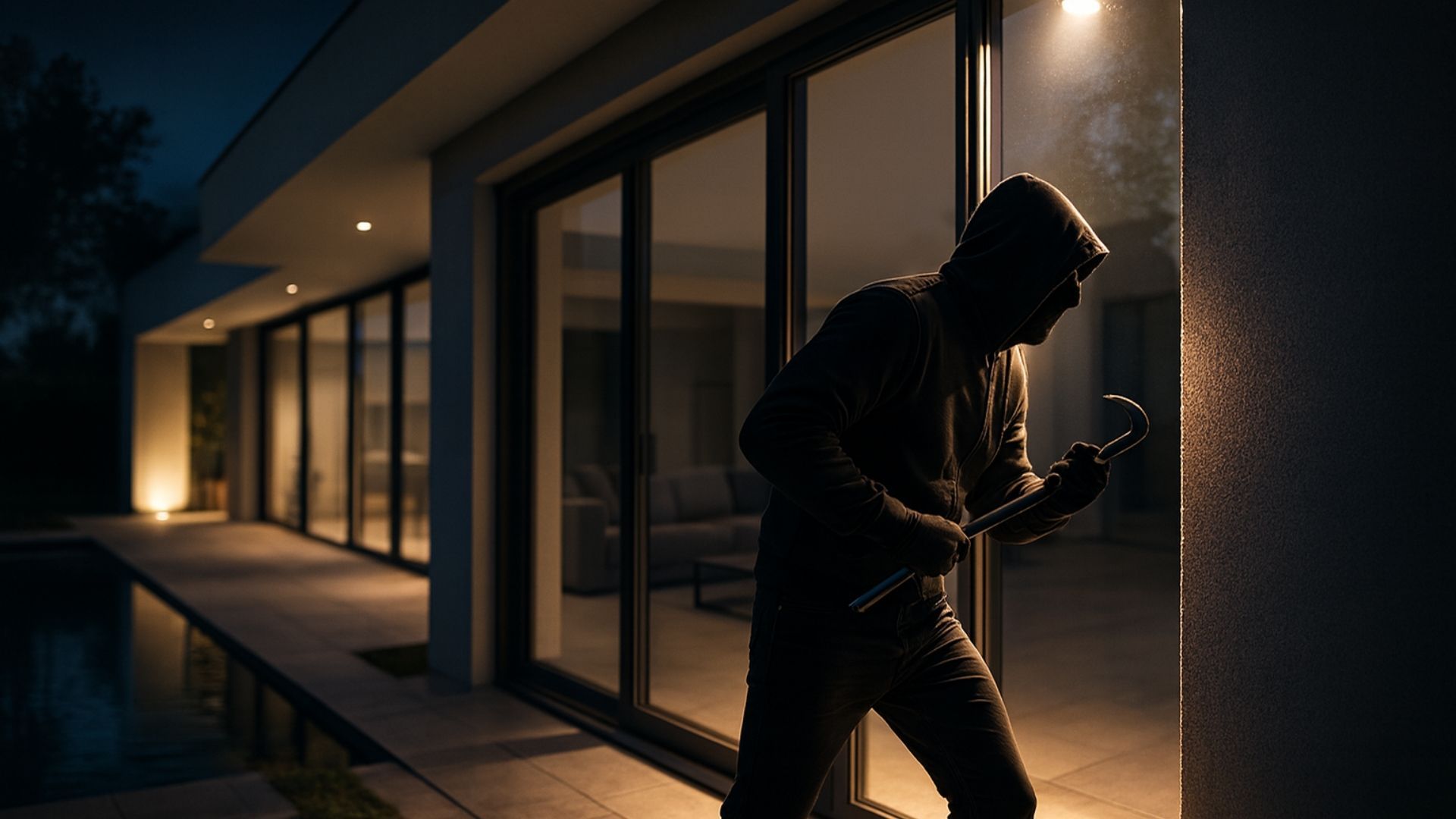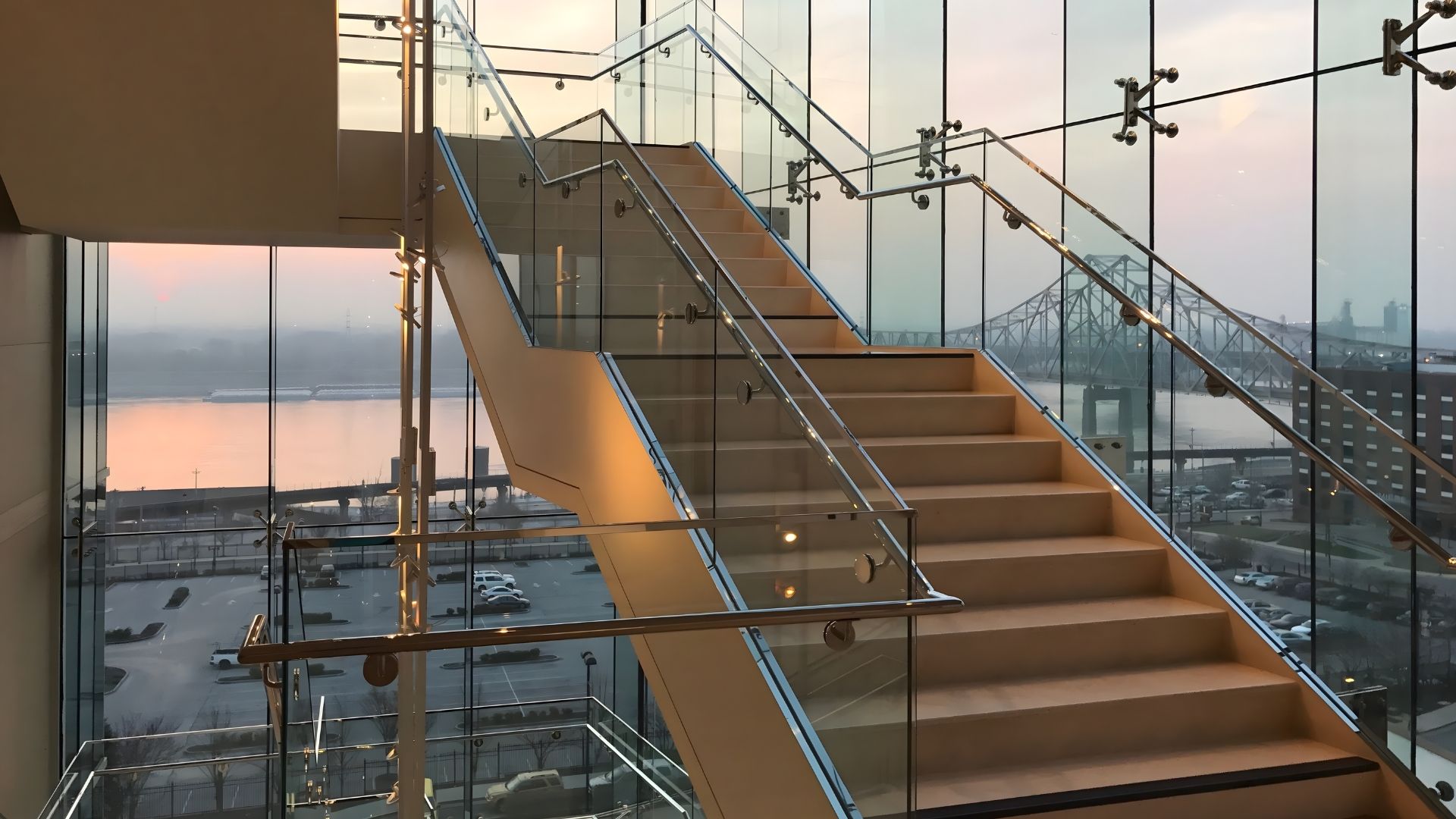A guide to safety markings (manifestations) on glass doors
Share this blog:
What are the UK requirements for safety glass markings (manifestations)? Learn how to stay compliant.

As well as helping you make the most of light in a space, glass doors can also make a striking architectural statement. From sweeping entrances to minimalist interiors, glass doors offer a clean, modern aesthetic. But if left unmarked or non-compliant, they can also present serious risks.
At ToughGlaze, we don't just make glass. We engineer safety. As a leading UK supplier of toughened and laminated safety glass, we work with contractors, architects and developers to ensure every pane installed is as safe as it is aesthetically pleasing.
In this guide, we break down everything you need to know about safety markings (manifestations) on glass doors. You'll learn when they're required, how to apply them correctly and what kind of glass you need to keep things compliant.
Why glass safety markings matter
Glass doors are beautifully subtle – and therein lies the problem. People often don't realise they're right in front of their eyes until it's too late. Every year, accidents caused by unmarked glass panels result in serious injuries and even lawsuits.
That's why UK regulations require manifestations (safety markings) to be applied to all large areas of transparent glazing in public and work environments.
These markings act as a visual cue that prevents people from walking into glass doors or panels. They help protect people and your reputation. That's why you should never treat glass safety markings as a tick-box requirement.
UK requirements for safety glass markings: what the law says
In the UK, safety markings for glazing fall under Approved Document K of the Building Regulations (Protection from falling, collision and impact).
We'll cover the broad strokes below. However, it's important to note that nothing in this article should be construed as legal advice. We're here to point you in the right direction – but you should always seek independent advice if you're unsure of where you stand.
Where?
Safety markings must be applied to certain glass doors and adjacent glazed panels in public buildings. This applies to panels and doors that people may come into contact with while moving in or around the space.
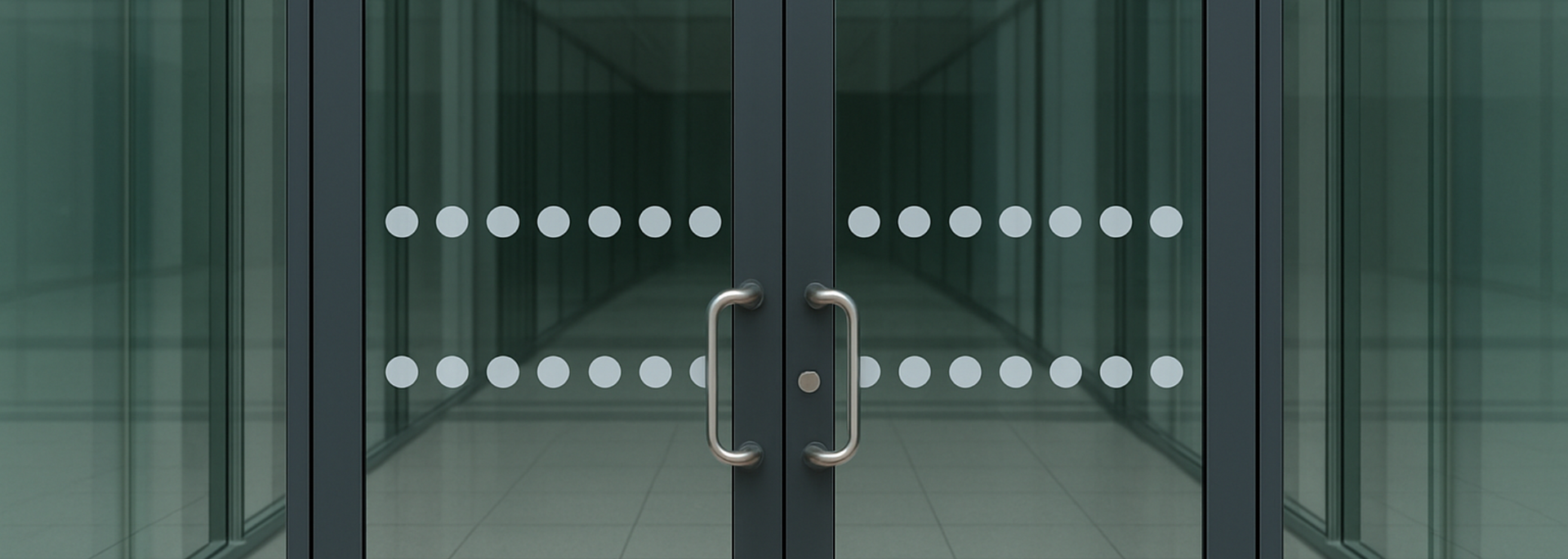
The definition of "public buildings" can include workplaces, schools, hospitals, transport hubs and other non-domestic spaces. Basically, anywhere the public or staff might reasonably walk.
What height?
Safety markings must appear at two specific levels from the finished floor level:
- Between 850mm and 1000mm
- Between 1,400mm and 1,600mm
What should they look like?
Logos, signs, continuous bands and broken lines are all acceptable. That's provided they contrast clearly with the background, are visible in all lighting conditions and can be seen from both sides of the glazing. However:
- Logos and signs must be at least 150mm tall (and repeated if on a glazed screen).
- Decorative broken lines or continuous bands must be at least 50mm tall.
Features like handles, rails or mullions (vertical structures that divide adjacent units of glass or panels) can sometimes stand in for manifestations. However, it's usually best to err on the side of caution. You may still be legally required to add safety markings – especially if those elements are not sufficiently visible at both height levels.
What is safety glass?
Safety markings are just the start. The actual glass in your doors must also meet safety glass standards, especially in so-called "critical locations". These include:
- Glazing in doors: any glazing wholly or partially within 1,500mm from the floor level.
- Glazing adjacent to doors: glazing within 300mm horizontally from the edge of a door and also within 1,500mm from the floor level.
- Low-level glazing: any glazing wholly or partially within 800mm from the floor level, not covered by the above categories.
In these areas, only two types of glass are accepted under UK regulations.
1. Toughened glass (BS EN 12150)
Also called tempered glass, toughened glass is much stronger and robust than standard float glass. If it breaks, it shatters into small, blunt pieces that significantly reduce the risk of injury.
The British Standard BS EN 12150 specifies the requirements for thermally toughened soda lime silicate safety glass.
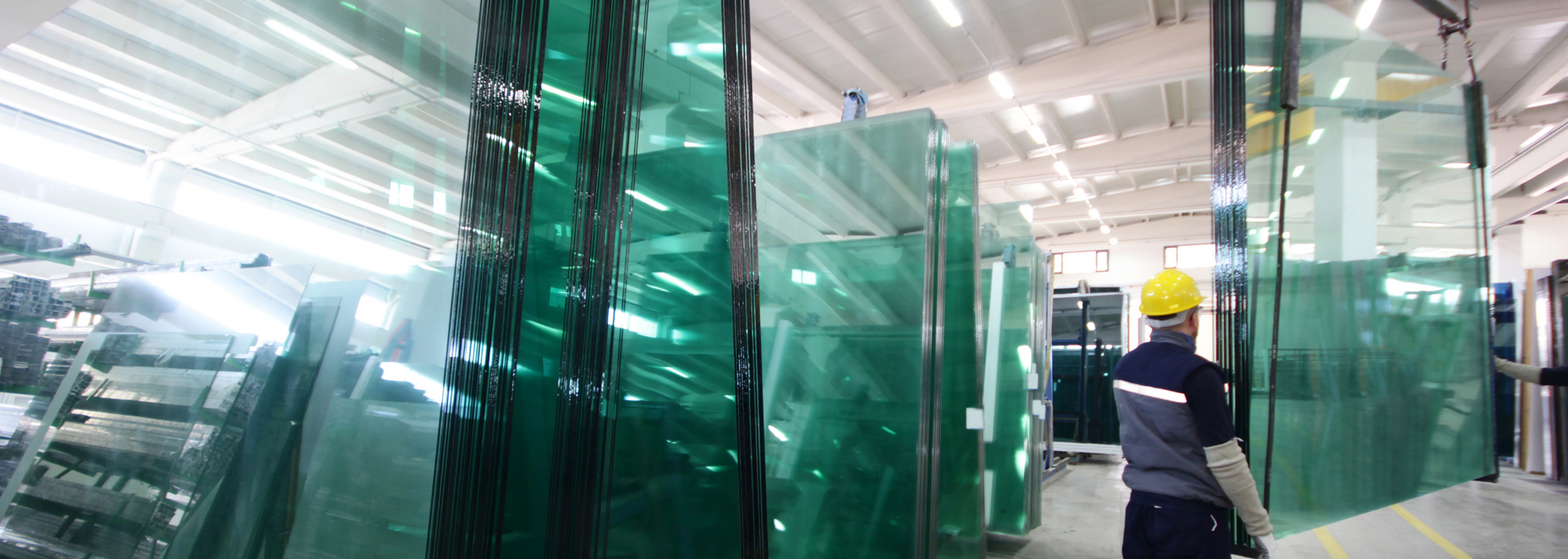
Our toughened glass, TG TOUGHENED, is produced in our state-of-the-art facilities and is certified with the BSI Kitemark. This shows you it's tested to rigorous safety and performance standards.
2. Laminated glass (BS EN 14449)
Laminated glass is made from two or more layers of glass with a plastic interlayer (usually PVB). If broken, the fragments stick to the interlayer, maintaining a physical barrier and reducing the risk of injury.
The British Standard BS EN 14449 covers the evaluation of conformity and product standards for laminated glass.
We recommend laminated glass for applications that also demand sound insulation, UV control or enhanced security.
What does Kitemark certification mean?
The Kitemark is the gold standard of safety certification in the UK. Issued by the British Standards Institution (BSI), it lets architects, developers and regulators know that the product has been independently tested and meets all required safety standards.
At ToughGlaze, every safety glass product we manufacture – be it toughened or laminated – is fully Kitemark-certified. We're not in the business of taking shortcuts. The Kitemark logo is etched into our glass because we're proud of what we produce.
Common mistakes to avoid with safety glass markings
We often hear about issues that could have been avoided with the right information upfront. Here are some of the most common compliance mistakes we see:
- Only marking the middle of the glass: you need markings at two height levels.
- Using low-contrast designs: they might look sleek, but they don't meet visibility requirements.
- Skipping markings for internal doors: if it's part of a main walkway or public space, the rule still applies.
- Assuming any toughened glass is compliant: unless it's certified and marked correctly, it may not meet BS standards.
Avoid these mistakes by working with a trusted supplier who understands the regulations inside and out (we know a good one…)
Need safety glass that makes a statement and meets legal requirements? We've got you covered. Let us help you choose the right safety glass and keep your staff and the public safe. Contact us today to talk about your next project or request a free quote.
